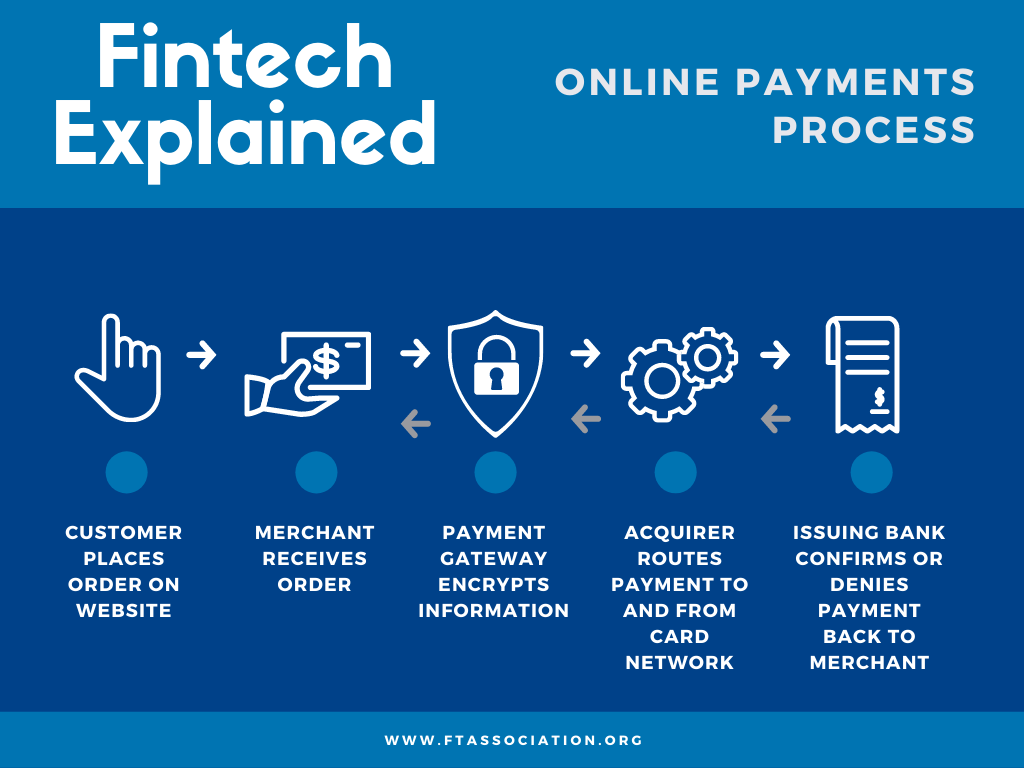By Godfrey Adejumoh
Stakeholders Management is the process of maintaining mutual understanding between an organization and its publics. It is a critical component to the successful delivery of any project, programme or activity.
Stakeholders are crucial to the success of any organization. If you neglect them, they will actively work against you. If well managed, they will actively promote your interest as advocates. Put in simple terms, a stakeholder is anyone or group who can be affected by an organization, strategy or initiatives.
They could be internal or external and they could be at senior or junior levels.
Irrespective of the position of the stakeholder, one common thing about stakeholders is that they wield a degree of influence that can impact an organization either positively or negatively.
For a stakeholder management to be considered effective, all the publics, both internal and external must be in accordance and communicate with one voice.
To situate this in the practice of Public Relations, stakeholder management is not a ‘nice-to-have’ skill for the practitioner in the discharge of his duties but a must have, if he must succeed.
Here are a few recommendations on how to drive effective stakeholder management
in Public Relations.
BUILD AND SUSTAIN CONSTANT INTERACTIONS
One of the hallmarks of stakeholders’ management is in building and sustaining constant interactions with identified stakeholders.
It is a potent weapon that synchronises and strengthens relationships between the organization and its stakeholders.
The power of communication in effective stakeholder management cannot be overemphasized. The lack of it is a fertile ground for building wrong assumptions against a brand. If this is not nipped in the bud these assumptions may translate to how a brand is perceived and treated across its different layers of stakeholders.
The consequences of this could be hostility on the brand by its stakeholders and perhaps some dimension of asymmetric regulations from its regulators who are part of its most critical stakeholders.
The strategic way to prevent this is to build and sustain constant interactions with stakeholders. This becomes a platform for knowledge sharing, industry discourse in thought leadership and more.
However, this must be done in modesty not in self-aggrandizement. The later can be counterproductive for the brand.
Through proper and constant interactions with the stakeholders, you bring your stakeholder to speed in understanding what you do and why. This is more productive when contextualized within the framework of global best practice.
Speaking of global best practice means you allude to the future of the industry in achieving shared value for all through innovative and sustainable ways of doing things differently. What is key is that this engagement session with the stakeholders must be orchestrated in ways that both parties will see value in it for the growth and development of the industry. This could be done through formal capacity building sessions or informal conversations.
Constant interactive engagement sessions offer a unique opportunity for cross pollination of ideas and alignment of interests.
CONNECT, COMMUNE AND BUILD CAMARADERIE
In driving an effective stakeholders’ management, connection and relationship building are some of the key components. Every stakeholder wants recognition, association with a campaign or organization and someone to share his feelings with.
One of the things we should realize in stakeholder management as PR practitioners is that our stakeholders have feelings, needs and
aspirations.
This presupposes that we are dealing with people who have expectations different from ours. Our ability to manage their expectations within the context of our organizational values will yield either positive or negative consequences.
The first practical step in this situation is to situate these expectations in the context of global best practice while not denying the power of local intelligence and the reality of building comradeship.
These stakeholders have milestones in the form of social reality. These could be landmark birthdays, they could be celebrating the successful graduation of their wards with special performance, giving their children out in marriage, celebrating unique achievement such as having their first grandchild, being honoured with a doctorate degree or chieftaincy title. These are among the realities we live and deal with as a people.
Within the context of what is permissible in your organization, as a PR person resource for quality representation in person and in gifting to connect, commune and build comradeship with these stakeholders using the platforms of those social events.
This gesture goes a long way in building healthy relationship that will count for the mutual benefits of the PR practitioner, his organization and the stakeholders in the long run. This is one of those tasks that are not based on scientific methodology of seeking rational justification but on every socio-cultural reality. PR practitioners should not neglect or deny the existence of these realities and the influence they wield in the dynamics of our corporate culture.
JOIN STRATEGIC AND INFLUENTIAL GROUPS
An effective stakeholders’ management is incomplete without a deliberate alignment with strategic and influential groups.
There is a science to building influence. This begins with self-knowledge and value. Following this is gravitating toward strategic and influential bodies.
These bodies could be social groups, government policy lobby groups, professional associations or international bodies. Some of these include the Nigerian Economic Summit Group (NESG), social clubs, specialised industry bodies like GSMA, ICAN, ATCON, APCON, PRCAN, NIPR, Bankers’ Committee, IoD, among others. These are groups that command influence in their respective rights.
As a PR practitioner it is your responsibility to make your organization see the need to belong to these bodies as an active member providing support, leadership and more.
These might look like a time waster when all is going well and makes you question the relevance of belonging to such associations. The reality is that all may not always be well. In a business environment that is volatile like ours, you need these groups to stand in the gap for you as intermediaries and advocates to speak for you and your interest in the days of crisis.
What you cannot buy with your money, your influence and comradeship with these groups over time will come through as the need arises.
No organization survives the intrigues and dynamics of the corporate world, governmental policies and intrigues based on its value to the economy irrespective of its size and financial prowess. What makes you survive is the influence you wield among these communities of corporate and social bodies and how you have made yourself invaluable to them over time. In the days of crisis they have the capacity to reciprocate your gesture of comradeship by acting as advocate to champion your
cause unsolicited.
LISTEN AND EMPATHISE
In driving effective stakeholder management, attention to detail, active listening skills and proper understanding of their psyche through feedback are crucial to achieve empathy. This lays the foundation for enduring and sustainable relationships.
In the business of perception building, brands in themselves don’t become what they are synonymous with rightly or wrongly. It is the representatives of the brand that build its perception overtime.
Both the organization and the PR practitioner must be deliberate in getting feedback from their stakeholders. This is made possible through the act and skill of listening and paying attention to the needs and aspirations of stakeholders in their different tiers.
You might have the best marketing and sales teams in your industry with high returns on margin and not be a loved and an admired brand if you do not have the capacity to listen to feedback from stakeholders.
At best, your achievements make you a transactional entity that is only after the figures.
The truth remains that while we need to sustain the interesting numbers on return on investment, what makes any organization an entity of shared value creation that will have sustainable impact in the society is a function of how humane its personnel and processes are.
This will mean it has smart customer service strategy that makes its services impeccable and attractive to its customers and stakeholders. The organization has to be a dependable partner to its customers, stakeholders and community of operations through its CSI interventions, strategic sponsorships and initiatives. All of these
speak to how the organization is able to show empathy through its personnel and initiatives.
Deployed strategically, operating as an organisation that listens and empathises will yield not just sustained and consistent return on investment but return on emotions that makes it a loved and admired brand. This should begin with the PR practitioners.







Comment
No comments found.